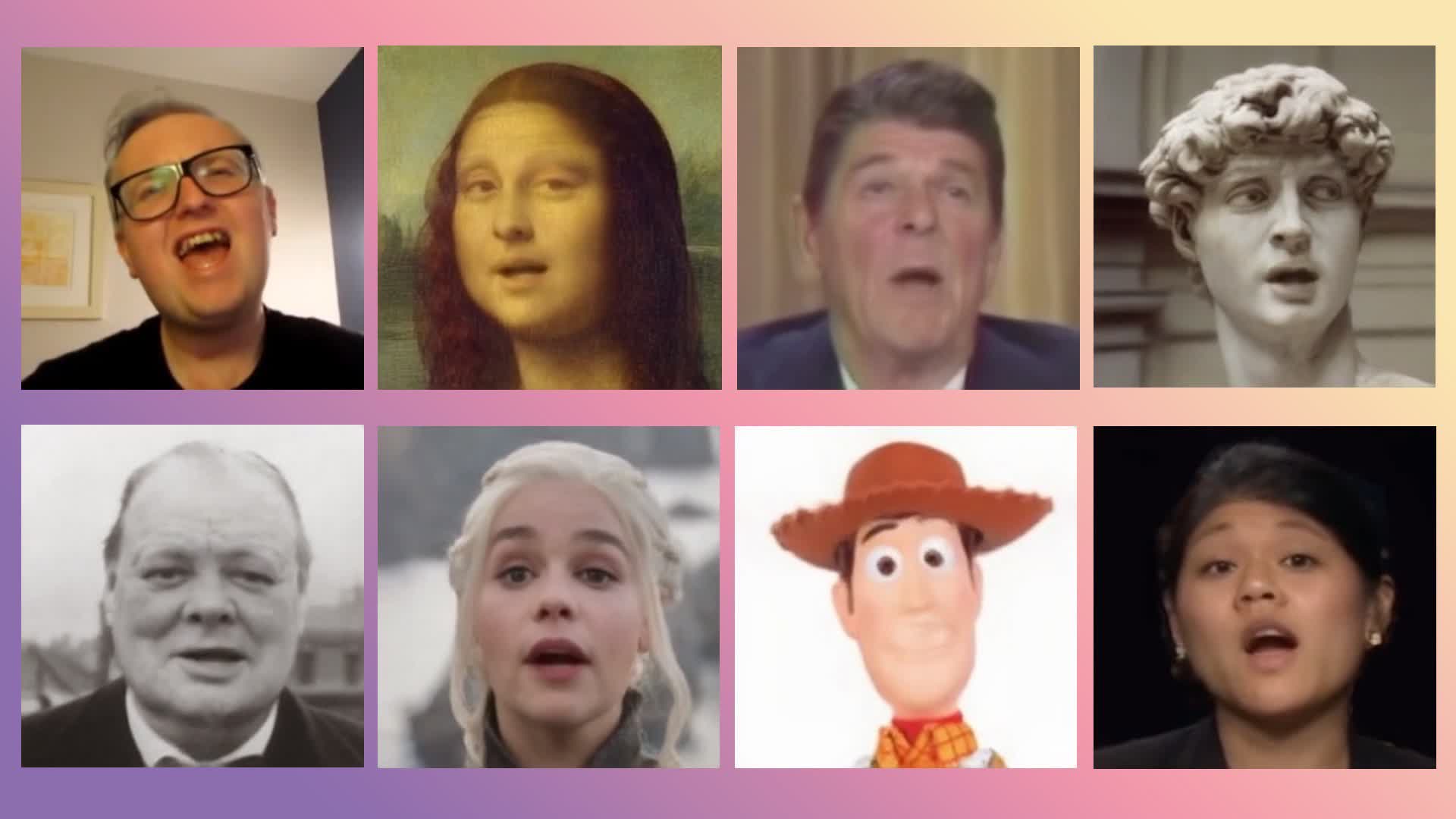In a nutshell: A new fad is sweeping social media, particularly TikTok—deepfake memes. These viral videos feature various famous and unfamous personalities singing "Baka Mitai," a Karioki song heard in a few of the Yakuza video games.

The memes are relatively simple to make, and San Francisco video-editing startup, Kapwing, even created a step-by-step tutorial (below) showing how to do it. The method uses a target image, a template video, two Tar files, and a Python script. The how-to video has only been posted for less than a month and is already approaching half a million views.
Baka Mitai is not the only deepfake song springing up on TikTok. JVKE's "Upside Down" and Millie B's "M to the B," among others, have gotten memes of their own using this plug-and-play template.
The effects created by the process are eerie and unreal. In fact, if you are old enough to remember Matt Frewer as Max Headroom (below), the glitchy video effects in the Baka Mitai videos are quite reminiscent. So this technique is not likely to create any convincing disinfo clips.
Of course, any time deepfakes make headlines, discussion of possible misuse seems compulsory.
"There's a fine line between using deepfakes for entertainment and memes, and using them for harm," says Grace Windheim, Kapwing's YouTube channel manager. "In this tutorial, I'm saying, 'This is how you make this particular deepfake.' But the scary thing about the script is it can just be applied to make any type of deepfake you want."
Windheim's statement is a bit melodramatic since, as mentioned, the technique creates some very telltale artifacts. The results don't even approach the Uncanny Valley. Still, the ease at which the method can be employed is noteworthy.
If a couple of machine learning files and a few Python lines can produce silly-looking videos like these, just imagine what those with more sophisticated tools could do (and have done). Moreover, the means for making these memes are readily available, and anyone can learn to use them. As time goes on, more advanced AI models with user-friendly interfaces will inevitably become available.
https://www.techspot.com/news/86576-bizarre-looking-deepfake-memes-easy-make-online-tools.html